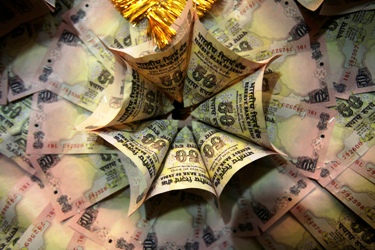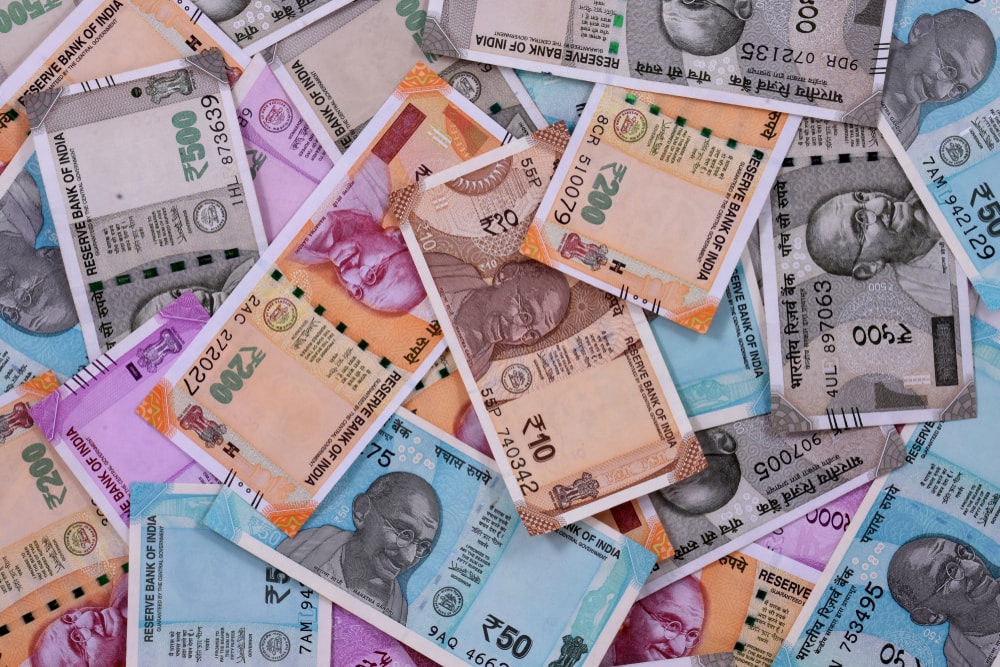

“Platforms like ours have tie-ups with banks, which give preferential rates to our customers," he added. Last but not least, according to Srivastava, if you are transferring money for investment in global stocks or bonds, going through a platform might help. “Smaller banks such RBL or IDFC First or third party transfer agencies like Western Union and Xoom (a Paypal Service) might offer you more competitive rates," he said. Srivastava also added that you can shop around for providers. Without negotiation, the bank will convert your money as per its standard ‘card rate’, which will usually have high spreads. You can negotiate a better deal than the prevailing card rate with the concerned bank," he said. Second, call up your relationship manager. Banks tend to have higher spreads outside those hours. "First, if you are sending money online, do it in banking hours. Sitashwa Srivastava, founder of Stockal, an international investing platform for Indians, suggests a few methods of reducing your transaction costs. However, you can work on charges such as currency spread.

In the case of GST and TCS, there is nothing you can do to reduce them. This TCS can be set off against other taxes you owe but it becomes an upfront cost to you. However, the bank or forex dealer will deduct TCS (tax collected at source) at 5% on transfers of more than ₹7 lakh per annum. Indian residents are allowed to transfer up to $250,000 per year for purposes such as investment in foreign stocks or funds, education, maintenance of relatives and tourism. Spread is usually the biggest part of these costs and can be reduced as shown below. Adding up the commission, spread and GST, you will end up paying ₹1,01,850 as charges in your transaction of ₹25 lakh. So, let's assume that the bank charged a commission of ₹500 (with GST of 18%) and spread of ₹1 lakh. The GST is then levied at 18% on ₹7,000 which comes to ₹1,260. For example, if you are transferring ₹25 lakh, the taxable value will be ₹5,500+0.1% of ( ₹25 lakh- ₹10 lakh). This taxable value is 1% for transfers up to ₹1 lakh, 0.5% plus ₹1,000 on transfers from ₹1 lakh to ₹10 lakh and 0.1% plus ₹5,500 on transfers above ₹10 lakh, capped at ₹60,000. The GST amount is levied on what is called the ‘taxable value’ of the transfer. Goods and services tax (GST) becomes payable on currency conversion over and above the GST levied on bank commission. On top of this, you have to pay GST of 18% which comes to ₹90.

Thus, if you are transferring ₹10 lakh to the USA, the bank might charge a commission of ₹500. On this commission, a GST of 18% is charged (9% CGST and 9% SGST). Over and above the spread, a bank will charge a commission.


 0 kommentar(er)
0 kommentar(er)
